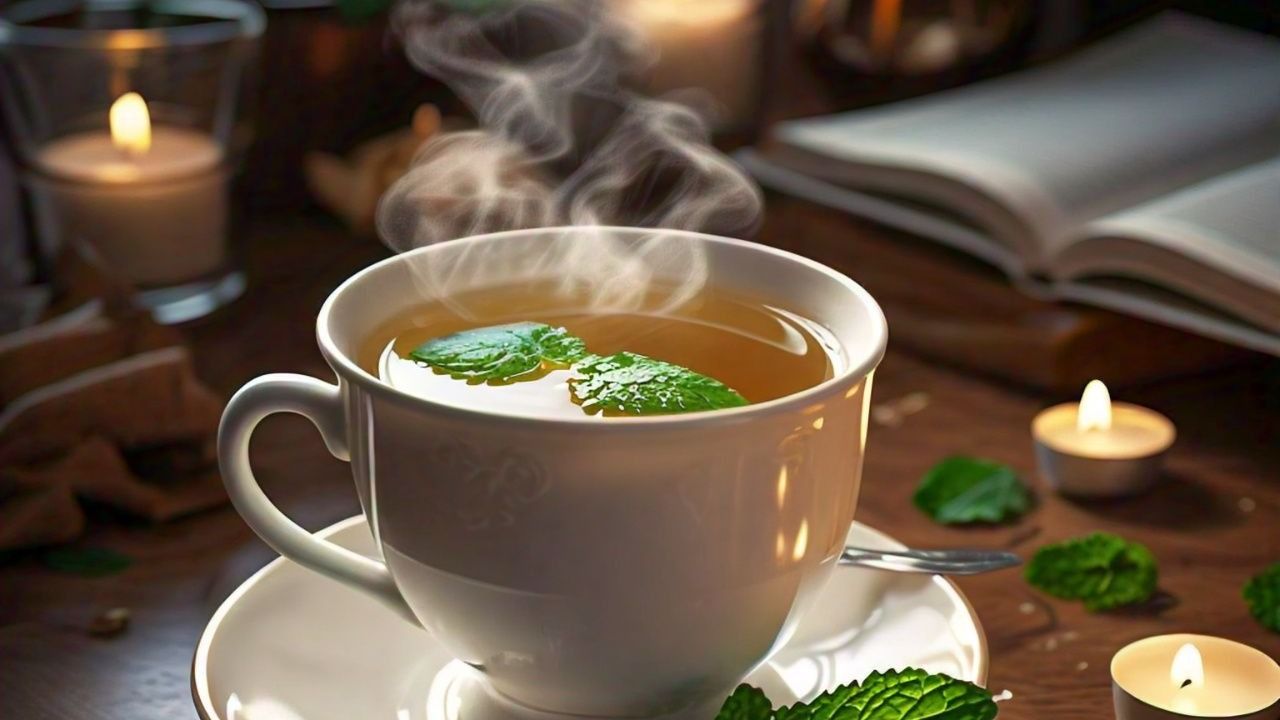Tea, a beverage loved by many people around the world, is increasingly under scrutiny due to rising concerns over adulteration. Recently, a major scandal broke out in Cuttack, Orissawhere authorities discovered a large-scale operation producing fake powdered tea. This discovery highlights the need to monitor the purity of tea.
Here is a guide on how to check the authenticity of your tea leaves at home.
Operation ‘Fake Tea’
The recent raid by the Cuttack Municipal Corporation and the Cuttack Development Authority exposed a major fake tea manufacturing unit. The officials discovered a wide range of adulterated tea powders, packaging materials and raw ingredients. These counterfeit products had been widely distributed across the Indian market, raising serious concerns about the purity of the tea.
How to test the purity of tea at home?
Appearance of Tea
Uniformity: High-quality tea leaves are usually uniform in size, shape, and color. Authentic tea leaves are either whole or in large pieces. If you find broken leaves, stems, or dust, the tea may be of lower quality or adulterated.
Additives: Be wary of unusual additives, such as artificial colors or flavors. Authentic tea leaves should not have an unnatural shine or vibrant color that does not match the expected shade of the tea.
Foreign particles: Pure tea should not contain foreign materials such as twigs, stones or other contaminants. Inspect the leaves carefully for foreign particles.
Aroma evaluation
Freshness: Fresh tea leaves should give off a natural aromatic fragrance that is specific to their type. For example, jasmine tea should smell like flowers, while Assam Tea should have a malty aroma. A musty or stale smell may indicate poor quality or improper storage.
Chemical smell: Avoid tea that has a synthetic or chemical smell, as this could suggest the presence of artificial additives or pesticides. Pure tea should have only a natural and fresh aroma.
Taste test
Flavor Profile: Authentic tea should offer a rich, complex flavor that reflects its type and origin. For example, high-quality Darjeeling tea should have a distinctive muscatel flavor, while a good Earl Grey should have a subtle hint of bergamot. Aftertaste: Pay attention to the aftertaste. Pure tea leaves leave a clean, pleasant aftertaste. Adulterated or lower-quality teas may leave a bitter or unpleasant aftertaste.
Disclaimer:
The information contained in this post is for general information purposes only. We make no representations or warranties of any kind, express or implied, about the completeness, accuracy, reliability, suitability or availability with respect to the website or the information, products, services, or related graphics contained on the post for any purpose.
We respect the intellectual property rights of content creators. If you are the owner of any material featured on our website and have concerns about its use, please contact us. We are committed to addressing any copyright issues promptly and will remove any material within 2 days of receiving a request from the rightful owner.

